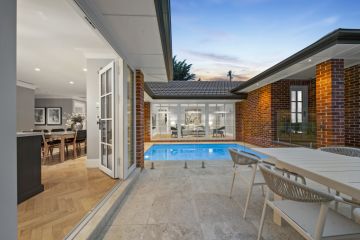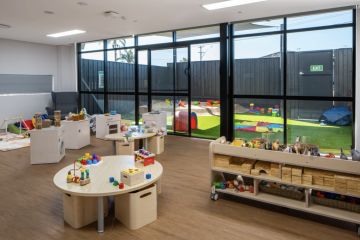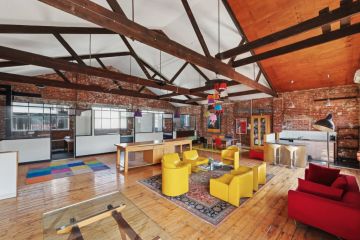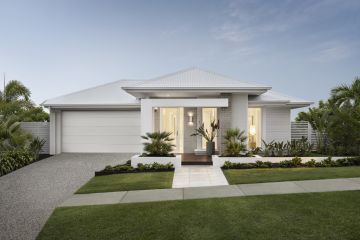Why this circular house is built around a 'deep, dark pool on which to meditate'
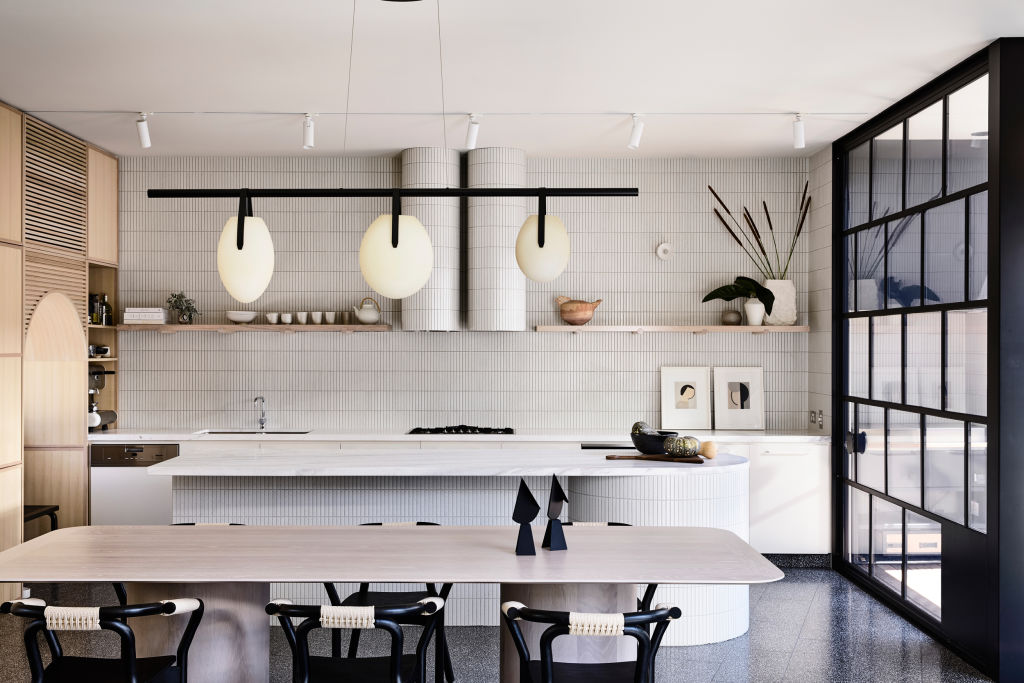
As a celebration of their 20th year in practice, throughout 2019 Melbourne’s Kennedy Nolan have put a lot of energy into entering mainly their residential work in various headline Australian architectural awards.
With five outright wins already and a bunch of mentions in the high commendation lists, the effort has paid big dividends. “It’s been a good year,” says co-director Patrick Kennedy.
The studio recently received yet another gong and commendation to bulk out the trophy cabinet when their lyrical and circuitously fascinating addition to Caroline House in Melbourne’s inner north was named House of the Year at the inaugural Inside Out Brickworks Awards.
On to the rear of “not a very distinguished Edwardian weatherboard”, the architects added a two-level brick extension of great charm, whimsy and craftsmanship that arcs around a small, circular plunge pool that is about recreation for Melbourne’s shortish summer, and for the rest of the year “is a deep dark pool on which to meditate”, Kennedy says.
“We didn’t want just a one-note blue rectangle. The clients had specifically asked for a pool in the middle of their house and we wanted the body of water to extract as much drama as we could. So we put it right up against the building.”
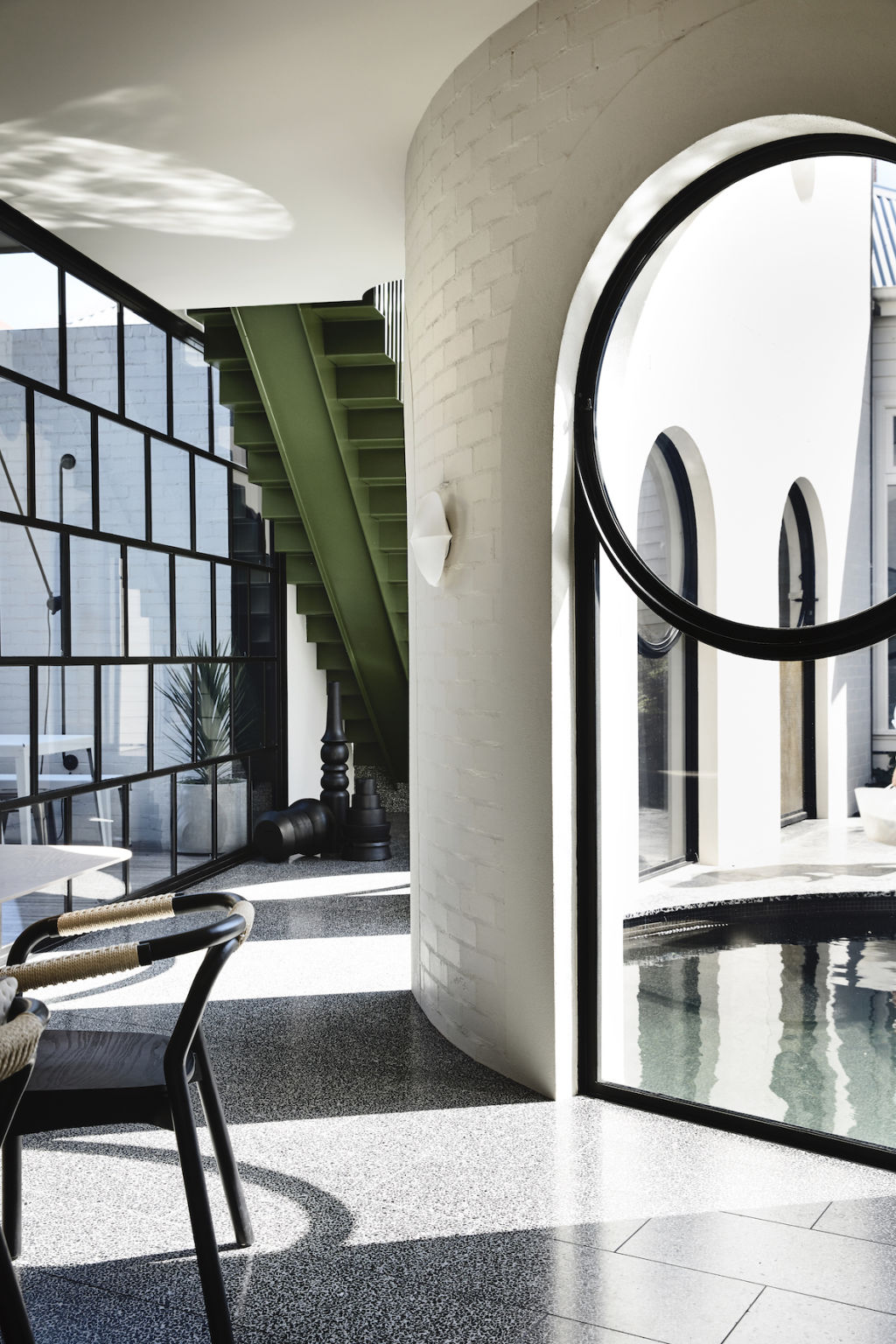
In the new pavilion that contains casual living and entertaining quarters plus an upstairs main suite and big study, not only is one of Kennedy Nolan’s signature materials – highly-textured, white-painted brick – on show, so is a repeating suite of circular windows.
The ground-level glazing, which Kennedy says constitutes a virtual pool fence, involves openable circles within arched custom-made steel frames. And this inventiveness that is firstly functional while also being graphically gorgeous is very much a maker’s mark of a studio that never ceases to be inventive – but not just for the sake of it.
“For us, it’s not just about what a house looks like, it’s also about how it operates. And the effort we put into making this a house of sculptural delight is also about making a house that is working hard. With a tight program of functions, it operates perfectly and seamlessly for the family.”
Laying bricks in an arc and with quirky notches and so many circular openings is not a seamless job description but Kennedy reckons the bricklayers loved demonstrating their skill set.
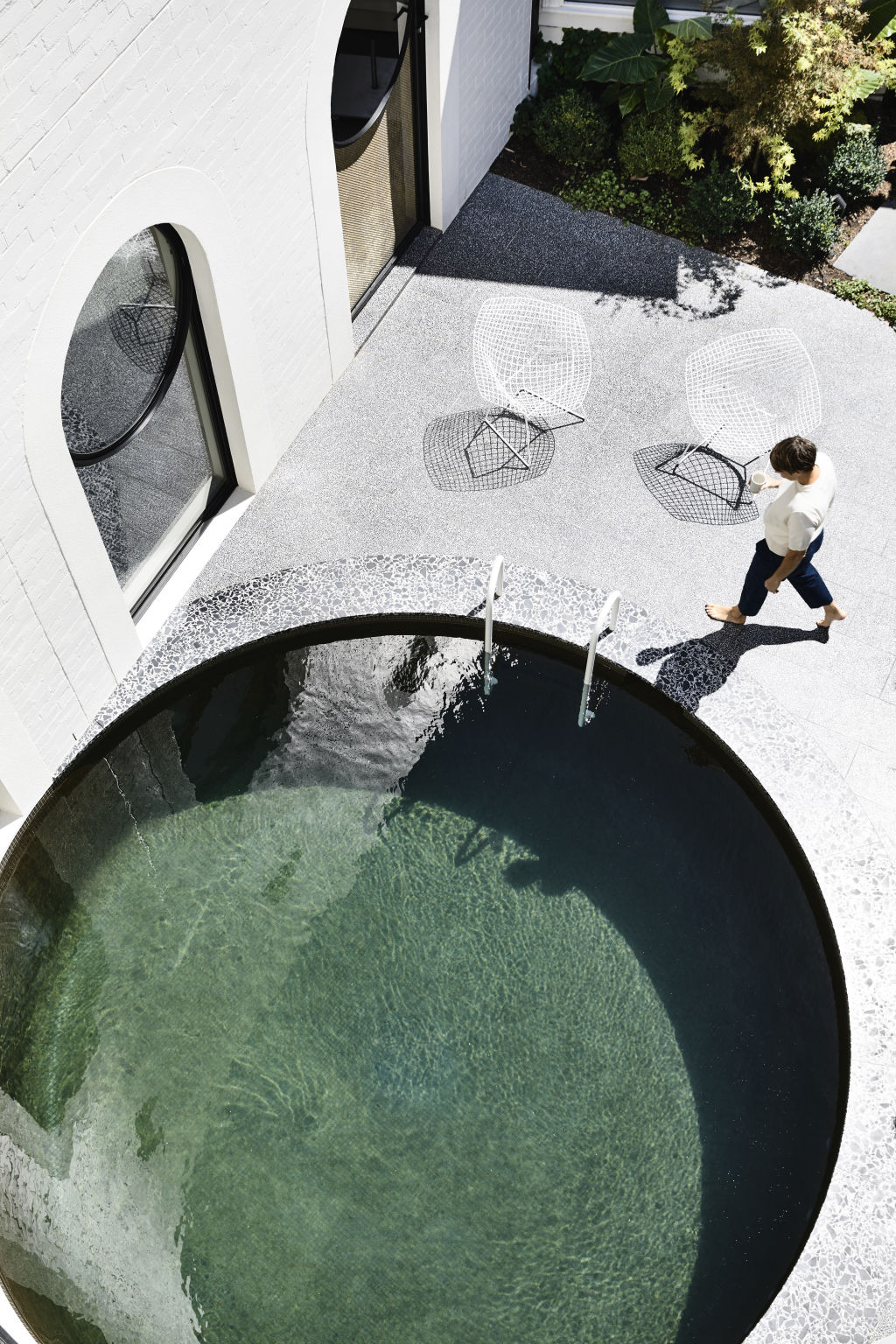
Why then paint them white? “Brick is a marvellous material,” he says. “It’s so authentic. It ages so beautifully and has so much texture. But [unpainted] brick can absorb light. Painting it white gives it a quality that interacts with light quite beautifully.”
While the great onus of the restoration of the retained four rooms of the original house and the interior design and decor of the new element was to make the interiors “really soft and nurturing rather than like an art gallery”, the idea of mutable edges is also contained in the pavilion’s exterior “which doesn’t really have a front”.
“This house doesn’t broadcast an immediate legibility,” he says. “You don’t just see edges and boundaries and understand it all. In this house, there is something unexpected around every corner.”
There are also multiple outlooks to different aspects of the garden and the reflecting pond.
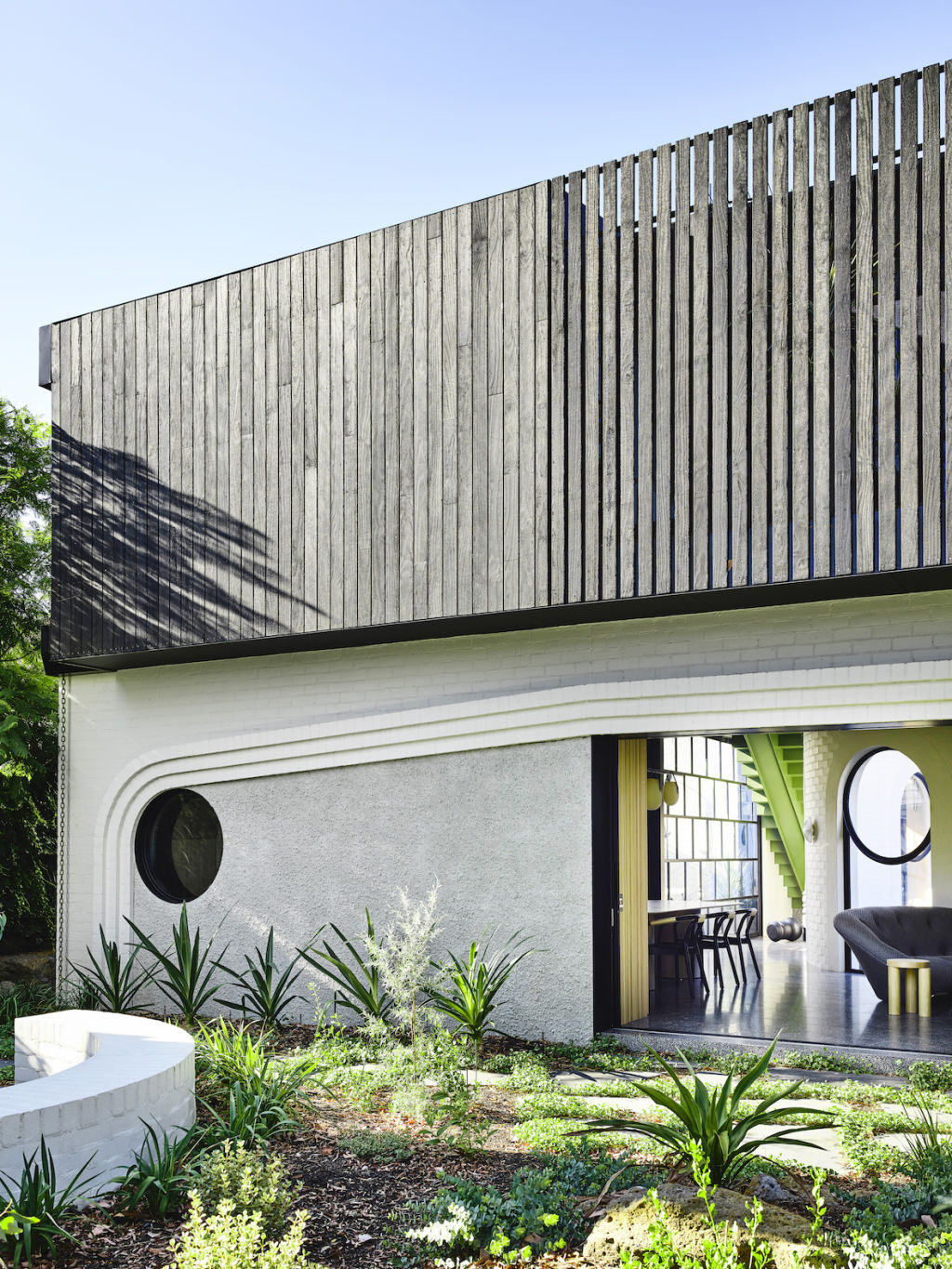
What about all those circles? “We often use circles in our work because there is a lot about circles that is iconographic. There is something primal and instinctive about the way humans interact with and are drawn to circles.
“They are also useful as a way of organising space in a fluid way.”
So for Kennedy Nolan, it’s another day, another 2019 competition win. “In a big anniversary year, entering all these awards with different focuses has been a great way of showing off and celebrating. But it’s also been a great way for us to review our work.”
We recommend
We thought you might like
States
Capital Cities
Capital Cities - Rentals
Popular Areas
Allhomes
More

